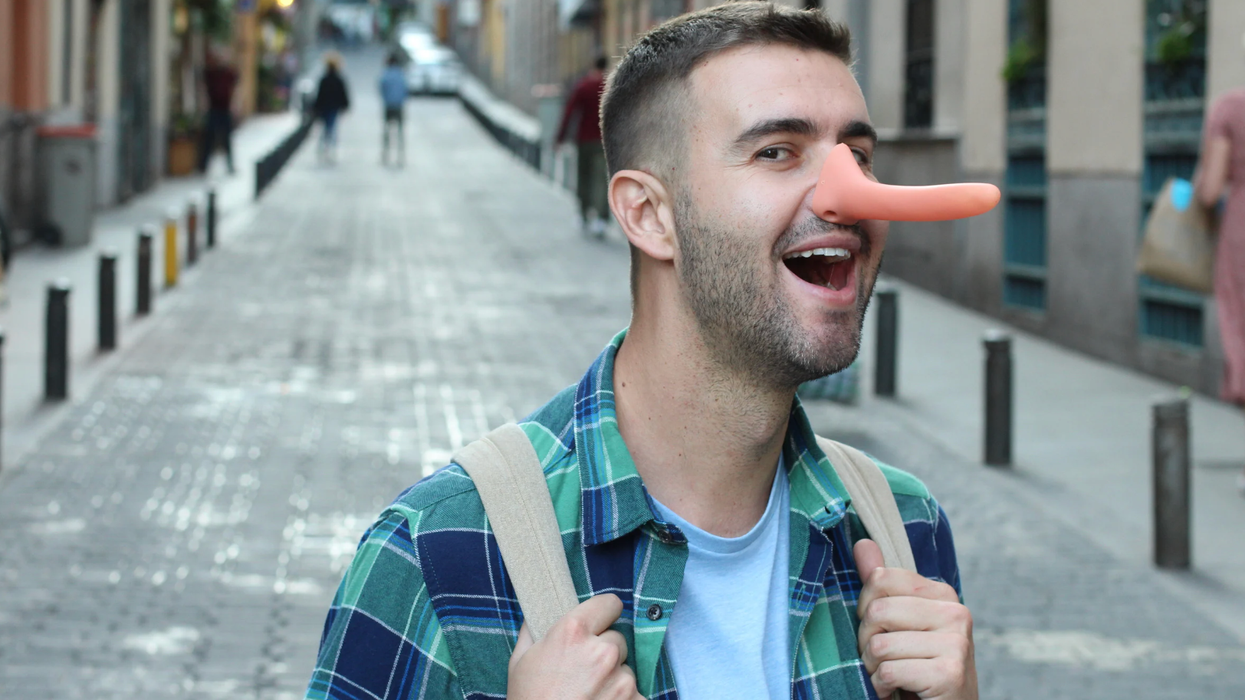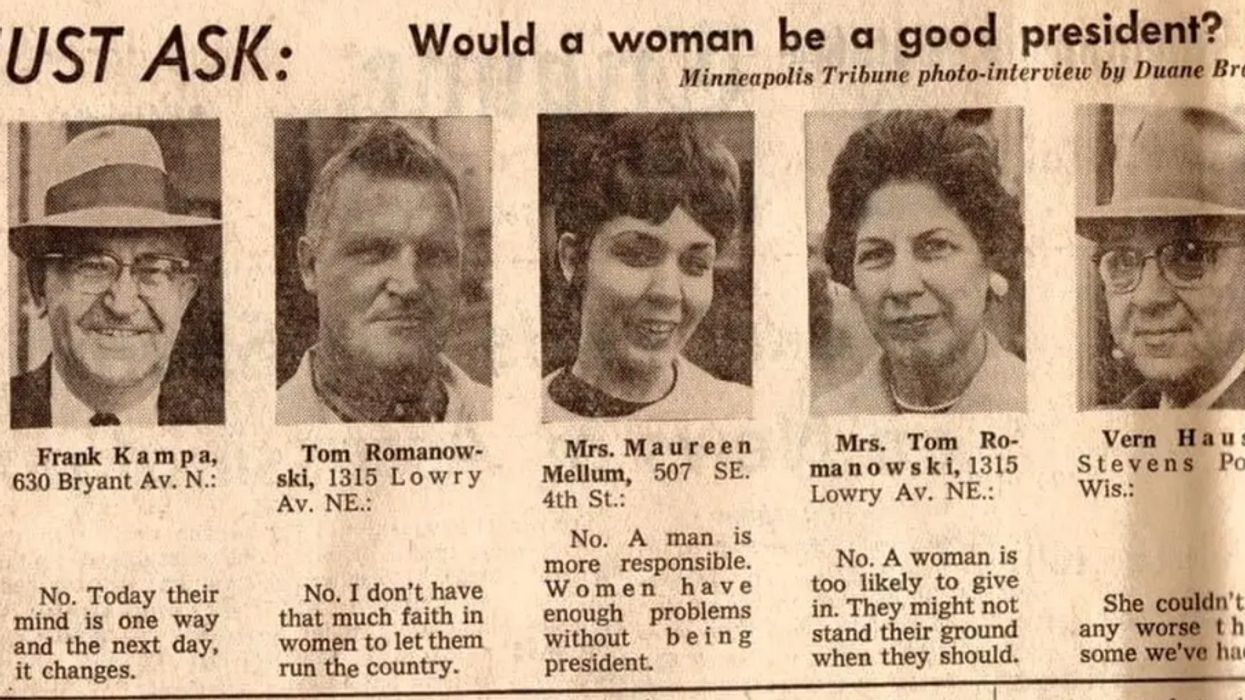What the educational outpost on the site of the old Ambassador Hotel can teach Los Angeles about learning, public space, and community.
Schools in Los Angeles are getting lots of attention lately. You might have heard of Steve Barr, a sort of educational desperado, whose Green Dot Schools wrested away several poorly-performing schools from the Los Angeles Unified School District and transformed them into educational powerhouses. But what Barr did for these communities is far more than that. He brought these schools back to life inside extremely well-designed buildings, often in empty warehouses and abandoned lots that sat like black holes in low-income neighborhoods. Barr has proved what educators and architects consistently try to demonstrate: Creating a safe, sustainable environment for students in a building that becomes a landmark in their own neighborhood is critical to learning.There are other smart examples in Los Angeles. Inner-City Arts (above), designed by Michael Maltzan, is like a lighthouse in L.A.'s Skid Row, its angled walls as white as an eggshell in a rough neighborhood. The Camino Nuevo schools, a series of charter properties sprinkled around a neighborhood west of downtown, used the skills of architects Daly Genik to gracefully squeeze classrooms into whatever spaces were available-including, remarkably, a wasted sliver of space between two major thoroughfares. Of course, the reaction to a new, architecturally-significant school is not always positive: A performing arts school in downtown Los Angeles designed by Coop Himmelblau with what looks like a Monsoon Lagoon-worthy waterslide attached to it has been derided as a multi-million dollar boondoggle for the city. Even though the kids inside say they like going to school there.For each of these schools, the fact that they're housed in the shiniest new building on the block, or a warehouse that used to host drug transactions, makes a new connection to the neighborhood that changes the way students think about their education. But the not-yet-complete Central Los Angeles Learning Center No. 1, on the site of the former Ambassador Hotel in Koreatown, will have to work a lot harder.In 2006, after much resistance from preservationists, the Ambassador Hotel, a 1921 building designed by Myron Hunt, was torn down. The building was famous for many reasons besides its stately Spanish-style looks: It held a coffee shop designed by Paul Williams, one of L.A.'s first African American architects; it was host of several Academy Awards ceremonies; it was home of the legendary playground for Hollywood glitterati, the nightclub The Cocoanut Grove. But it was also a place with extreme historic significance: In 1968, after delivering a speech in the hotel's ballroom, Robert Kennedy Jr. was assassinated there. After decades of neglect, LAUSD gained control of the property, which it planned to demolish and turn into a school. Although many groups, including the LA Conservancy waged a long, emotional battle headed by its board member Diane Keaton (she delivered a eulogy at the building's "wake"), the building was deemed unfit for preservation. The architecture fans howled. But in a neighborhood where thousands of students were being bused elsewhere every day, there was no disagreement from anyone that there was great need for a school.The architects at Gonzalez Goodale were awarded what was probably their toughest project to date. When I visited the construction site recently with one of the project's architects, Harry Drake, he acknowledged the challenge. Using the footprint of the original building, they designed a new plan for the site that would acknowledge the form and history of the hotel but deliver a more healthy, environmentally-friendly learning environment. "We've taken the elements of the original design and added more sustainable, substantial materials," he says. And they were able to take many of the historic elements of the structure and give them appropriate educational context.The Cocoanut Grove, renowned for its opulent Moorish-style interiors and curved roof, will become an auditorium with public programming.The Paul Williams coffee shop, with its entrance shown here, will be preserved in its 1968 state and turned into a faculty lounge. Coincidentally, Drake told me, this area was the most difficult to restore because of all the films which had been shot here: So many set designers had added their own "period details" that it was hard to tell what was original and what was not. (See: Bobby.)And what was once the ballroom, with a soaring arched ceiling and cut-out windows, was redesigned using Hunt's original drawings, and is just as stunning in the context of contemporary architecture. This will be a library and center for social justice, with history about the hotel and many of Kennedy's papers, speeches, and artifacts.Since the hotel's walls were essentially concrete made with beach sand, this is the only one that will remain (reinforced, of course) but many of the building's original fixtures and windows will return to the structure. Also the hotel's famous palm trees will be returned as well.More features will increase interactivity with the community. The school's pool will be open to the public in the summer. And a park will open the Ambassador's front lawn onto the street for the first time, welcoming people onto the property where they can reflect among Kennedy's words and images (the neighborhood is also park-deprived).Although the school won't open until next year, the elementary school immediately adjacent, serving K-5, opened in September. It is situated in line with the Ambassador's strong north-south backbone, and is just downhill from the high school, so kids here can literally look up to their upperclassmen. It's a bright, graphically-exciting place, with public artworks that acknowledge the Ambassador's tile patterns from the former pool and a fantastic mural that chronicles the hotel's history. As we wandered through the gates toward the school's entrance as school let out, dodging soccer balls and scooters, I was surprised to see not only hundreds of screeching kids, but adults. Dozens and dozens of parents had walked to the school to pick up their kids, and were now gathered here doling out after-school snacks, using the courtyard as a type of public park. "We used to dismiss the students out onto the street but now I just let them all come in," the principal said to us as she showed us the library. "Sometimes we can't get them to leave."The saga of the Ambassador is still too tender a subject to broach with some preservationists I know. Keaton recently penned a beautiful essay for the Los Angeles Times about how the loss still stings-two years later. No one wanted the building to go; it's a situation where no one could have won. But I wish that at least some of the people who are still angry about it could see what I saw at the school that day. What was once a landmark due to its exclusivity is going to be a landmark because of its inclusiveness: a place designed to be far more appropriate (and safer) for the people who will use it now, yet hopefully capturing all the importance of what came before. Whether its students truly appreciate that context remains to be seen, but one fact is certain after seeing the families congregating in the K-5 courtyard: It's somewhere they want to be. That's something any school could hope for.Photos courtesy of Inner-City Arts, Michael Maltzan; Ambassador Hotel postcard, lagenealogy.com; Renderings, Gonzalez Goodale; K-5 photo, Tim Street-Porter.















 Otis knew before they did.
Otis knew before they did.